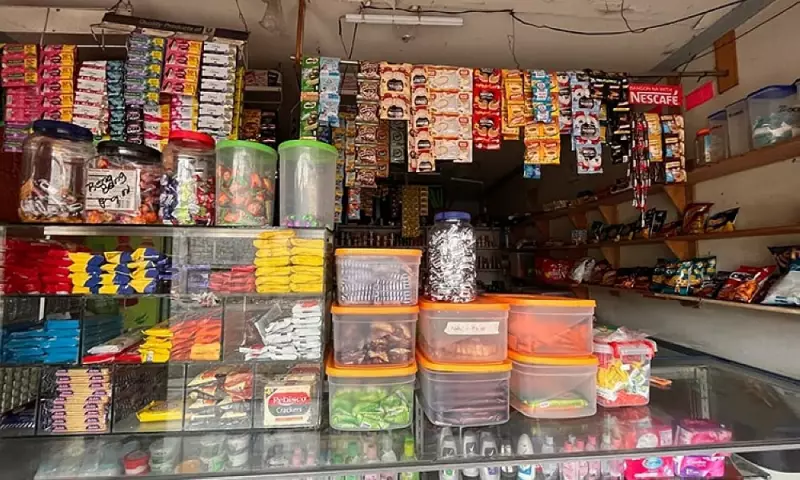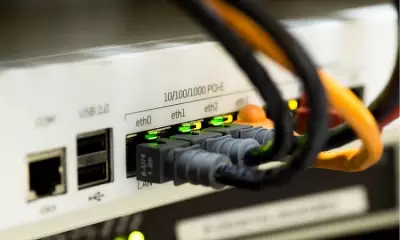
In the heart of Cebu's bustling neighborhoods, a quiet revolution is transforming how Filipinos shop at their corner sari-sari stores. What was once strictly cash-only territory is now embracing the digital age, with e-wallet usage surging among both store owners and customers.
The Digital Shift in Traditional Commerce
Small neighborhood stores, long considered the backbone of Filipino retail, are rapidly adopting digital payment methods. Store owners report that customers increasingly prefer scanning QR codes over counting cash, especially for smaller purchases.
"Before, I needed to keep small change always ready," shares Aling Maria, who runs a sari-sari store in Mandaue City. "Now with GCash and Maya, transactions are faster and I don't worry about having enough coins."
Why the Sudden Surge?
Several factors are driving this digital transformation:
- Convenience factor: No more fumbling for exact change
- Safety considerations: Reduced cash handling means lower theft risk
- Pandemic influence: Contactless payments became essential during health crises
- Youth influence: Younger generations prefer digital transactions
Benefits Beyond Convenience
The move to digital payments is creating unexpected advantages for small business owners. Many store operators now use their e-wallets not just for customer transactions but also for:
- Paying suppliers digitally
- Sending money to family members
- Paying utility bills for customers (adding extra service income)
- Building digital transaction records
The Future of Neighborhood Retail
As more sari-sari stores join the digital movement, industry observers note this represents a significant shift in Philippine retail habits. What began as a necessity during pandemic restrictions has evolved into a preferred way of doing business.
"The speed of adoption has surprised everyone," notes a local business consultant. "Store owners who resisted technology are now seeing their neighbors benefit and are quickly catching up."
This digital transformation isn't just changing how people pay—it's reshaping the very nature of neighborhood commerce in the Philippines, proving that even the most traditional businesses can successfully navigate the digital wave.





